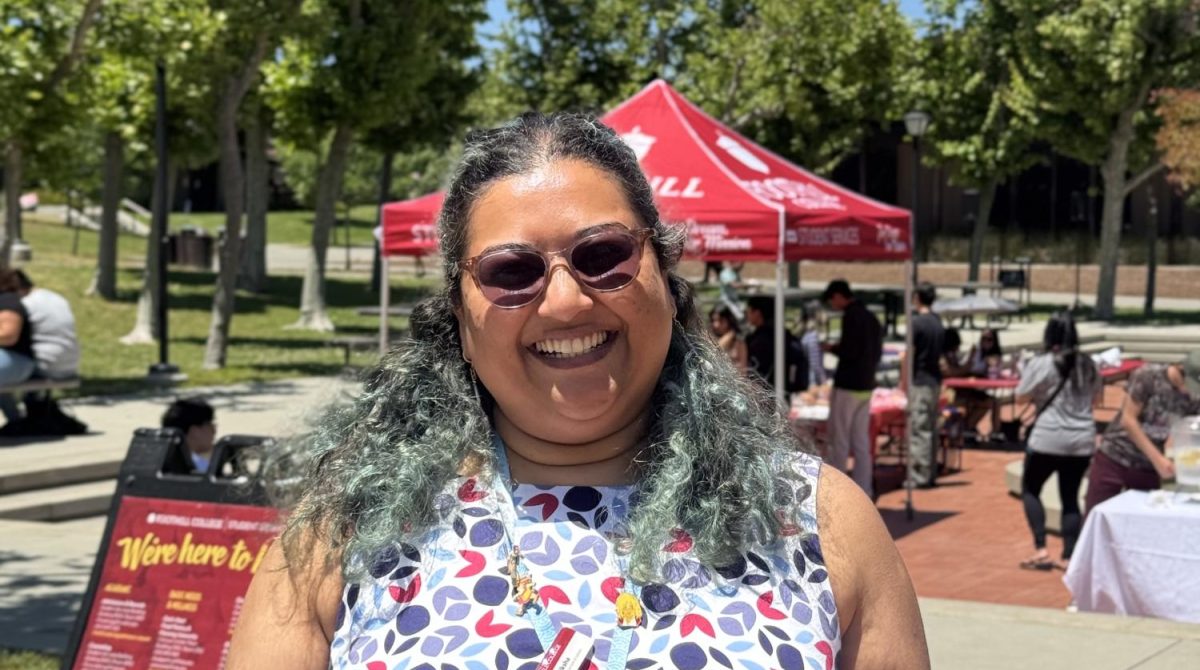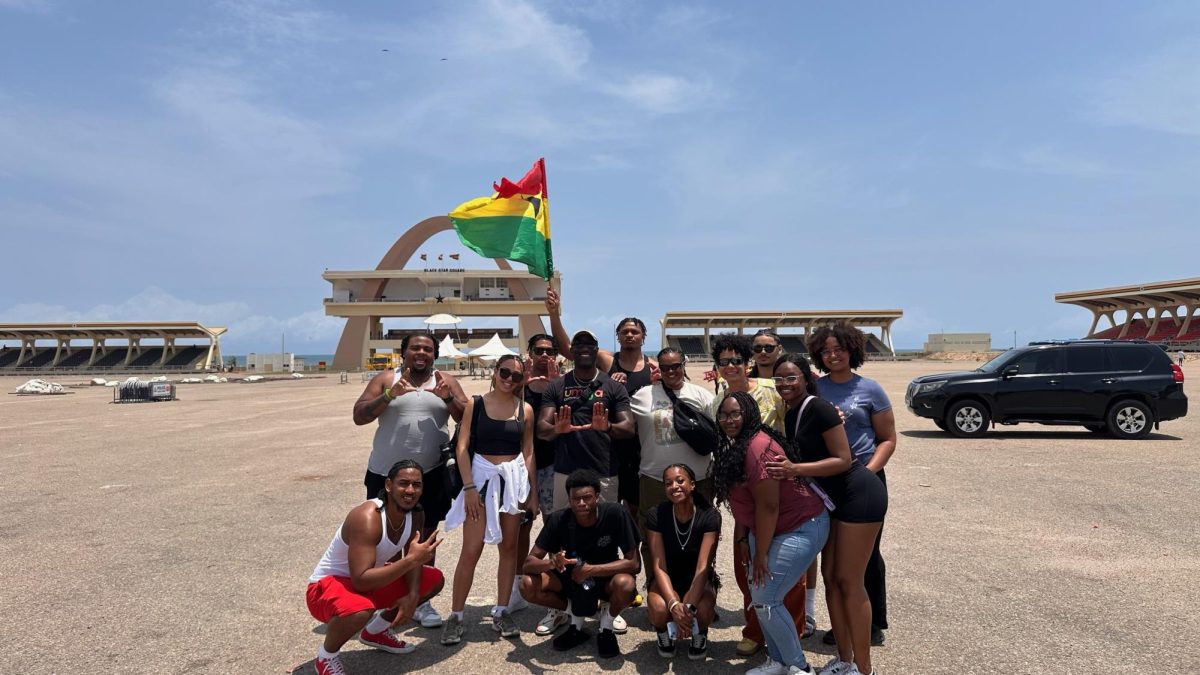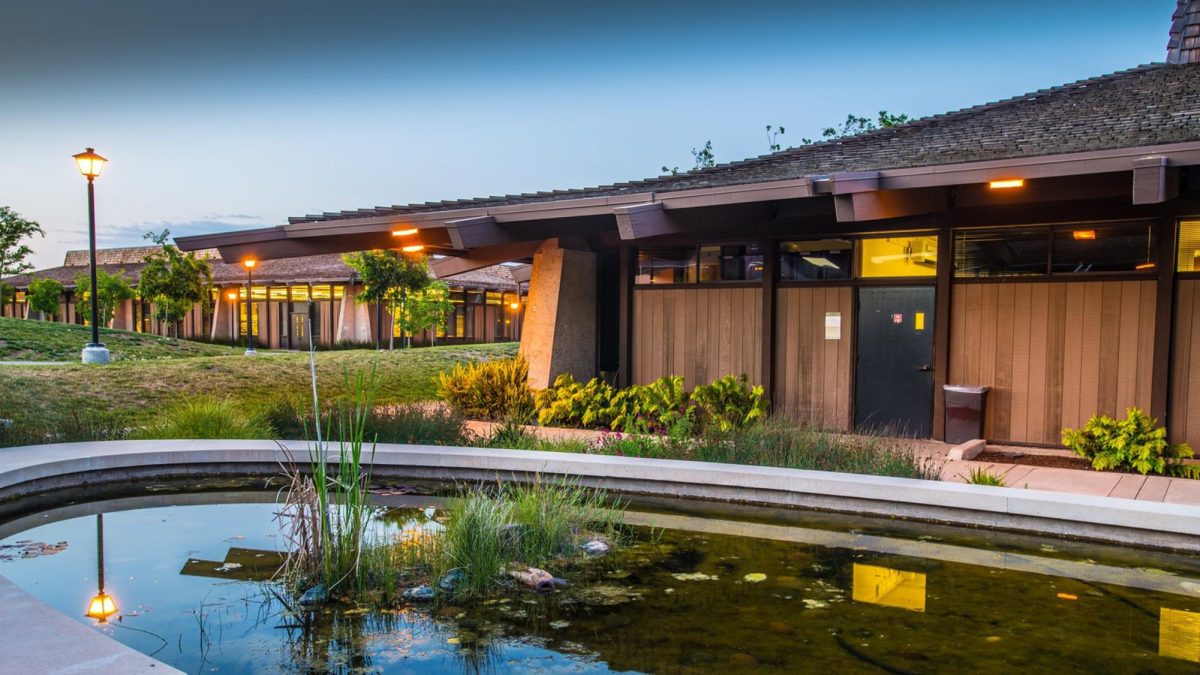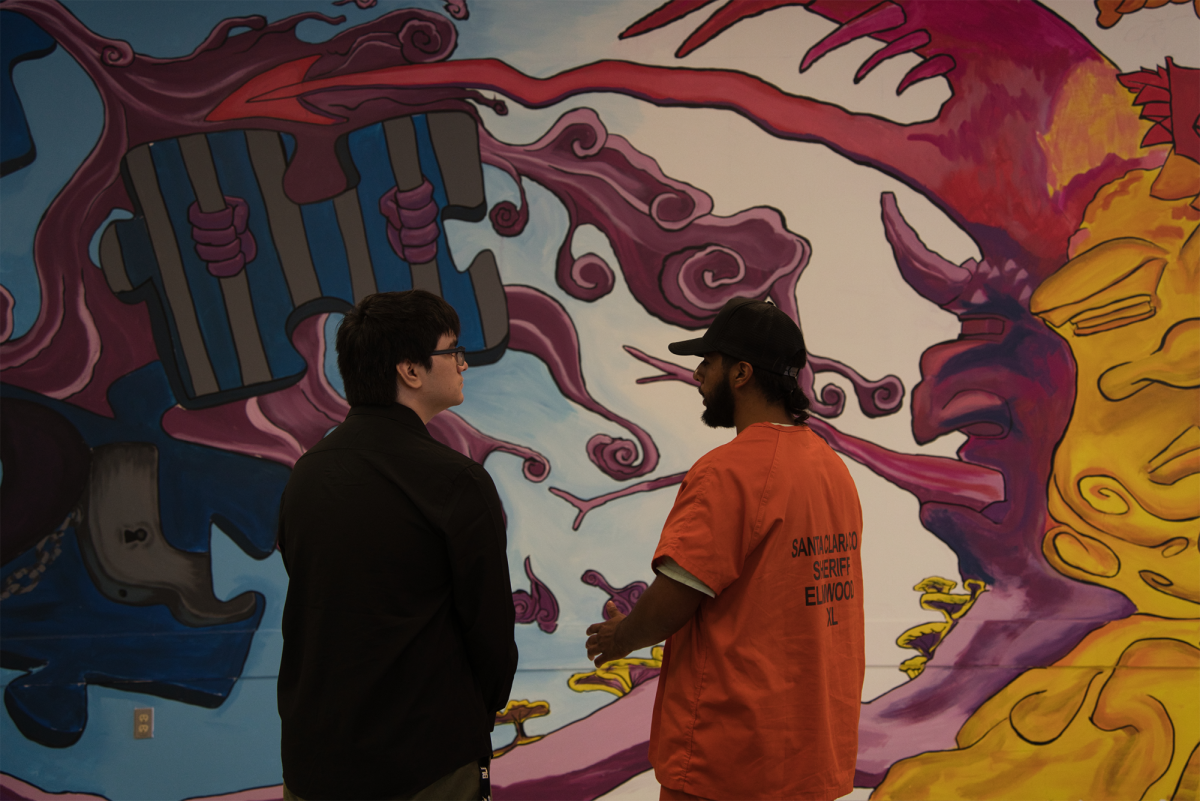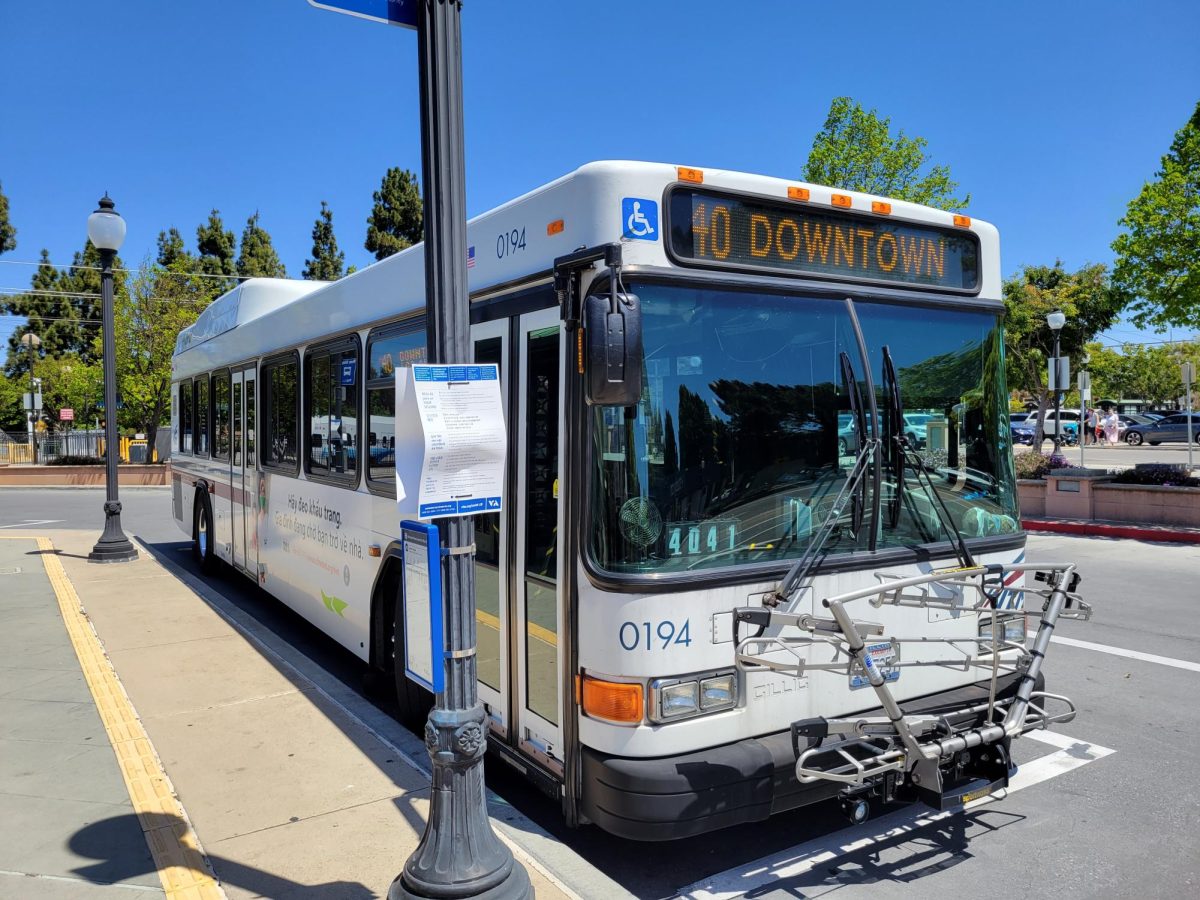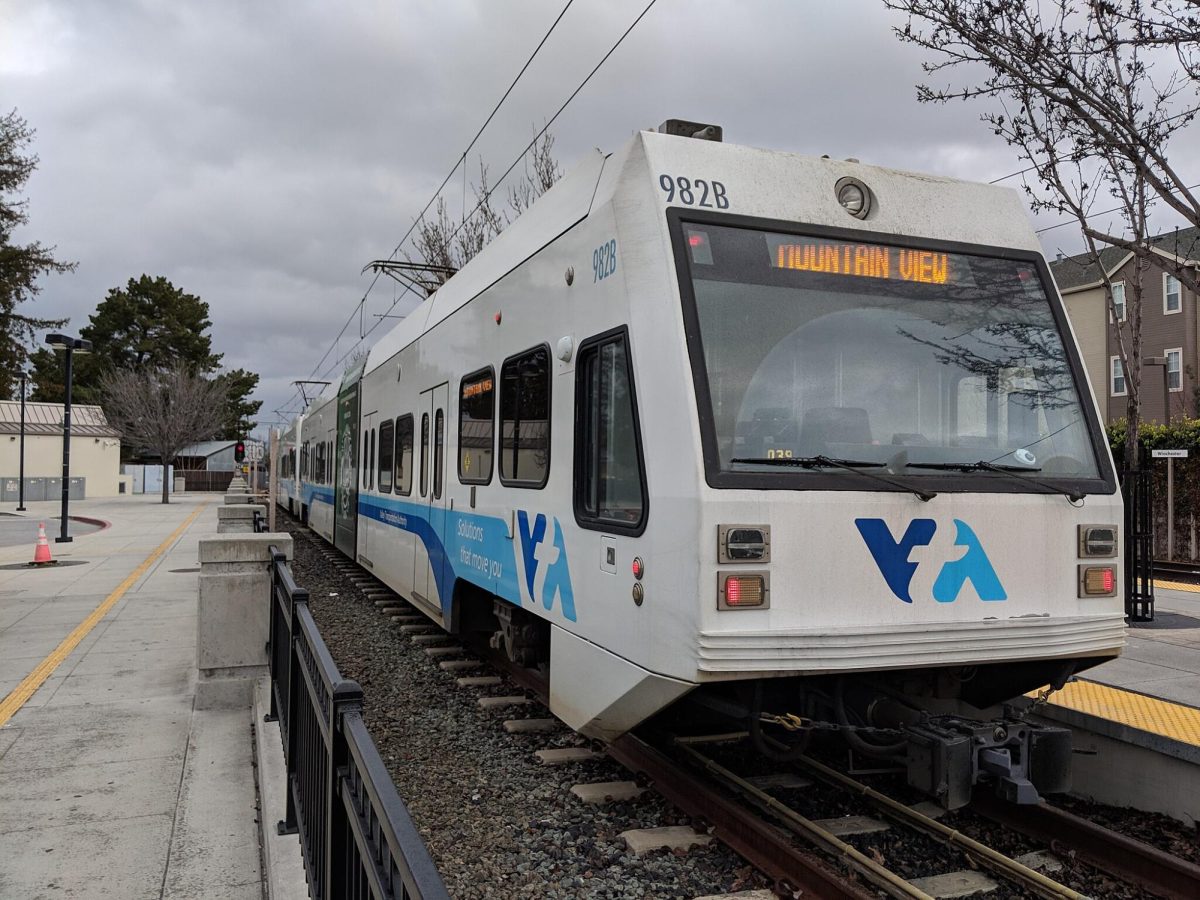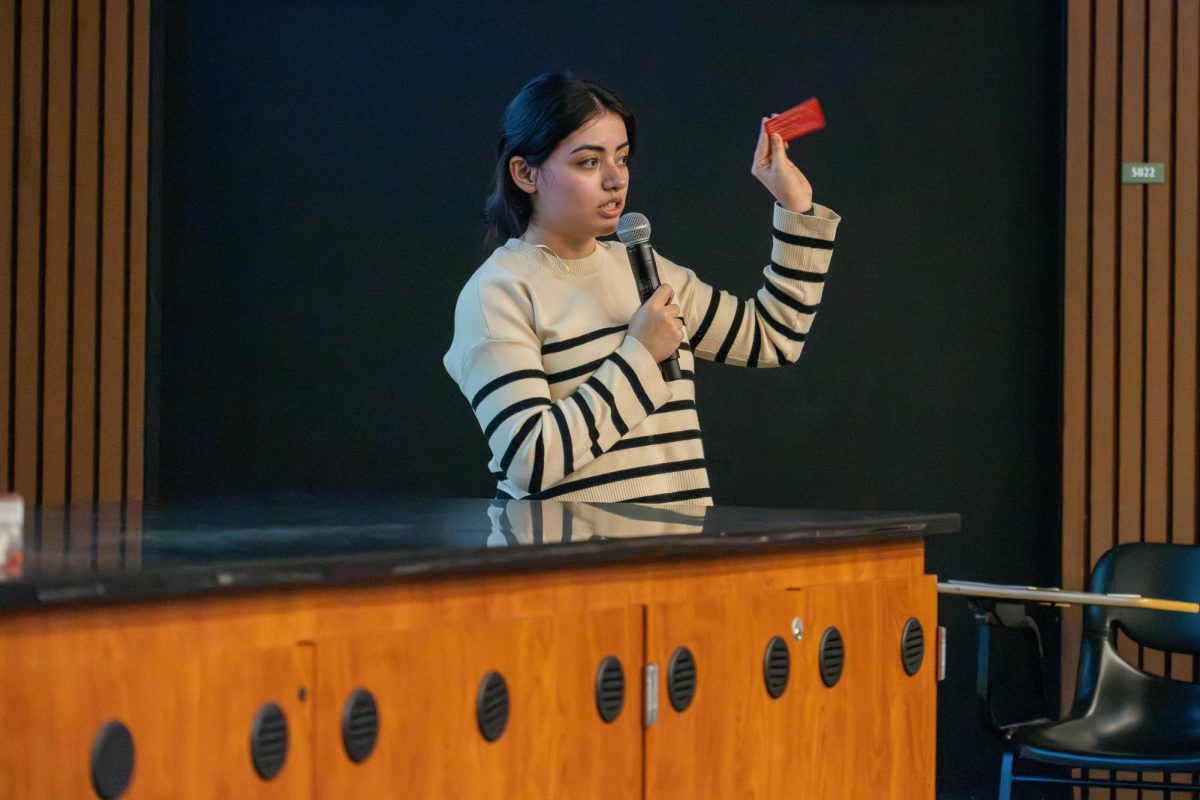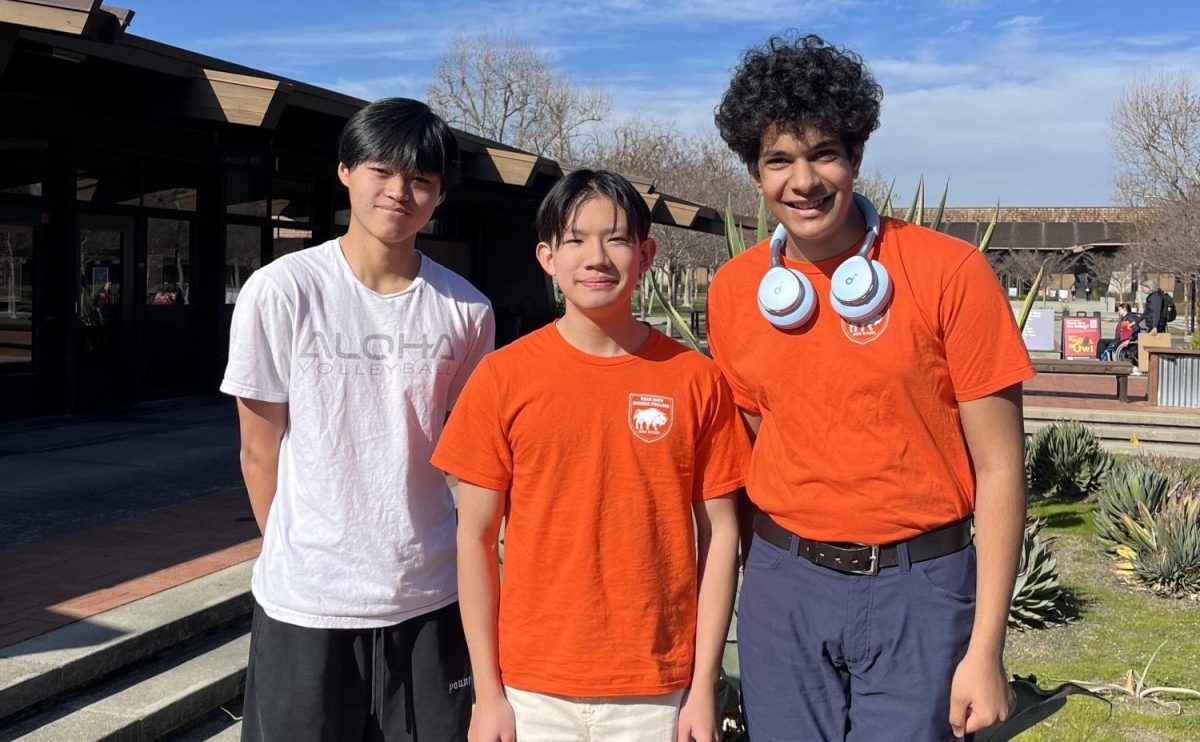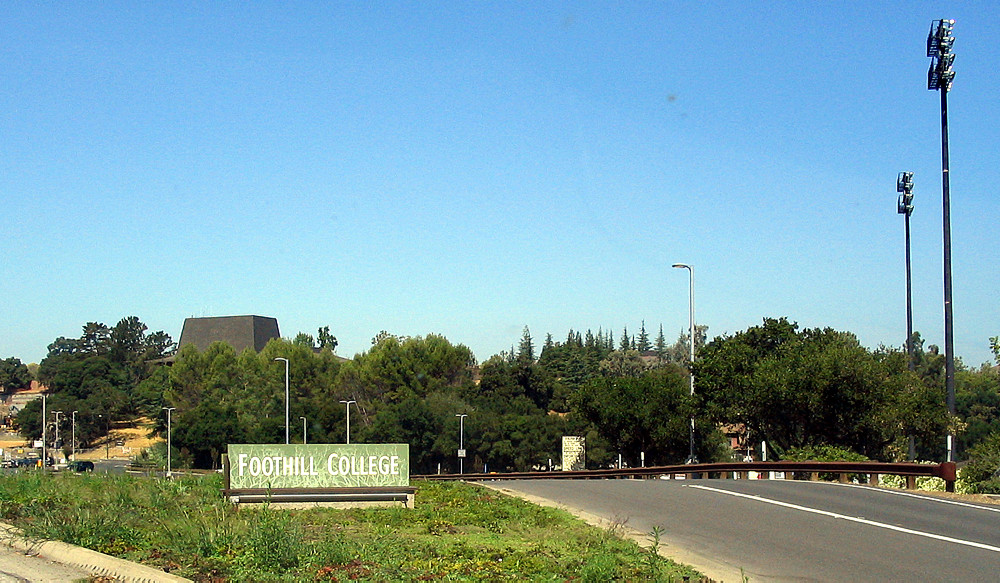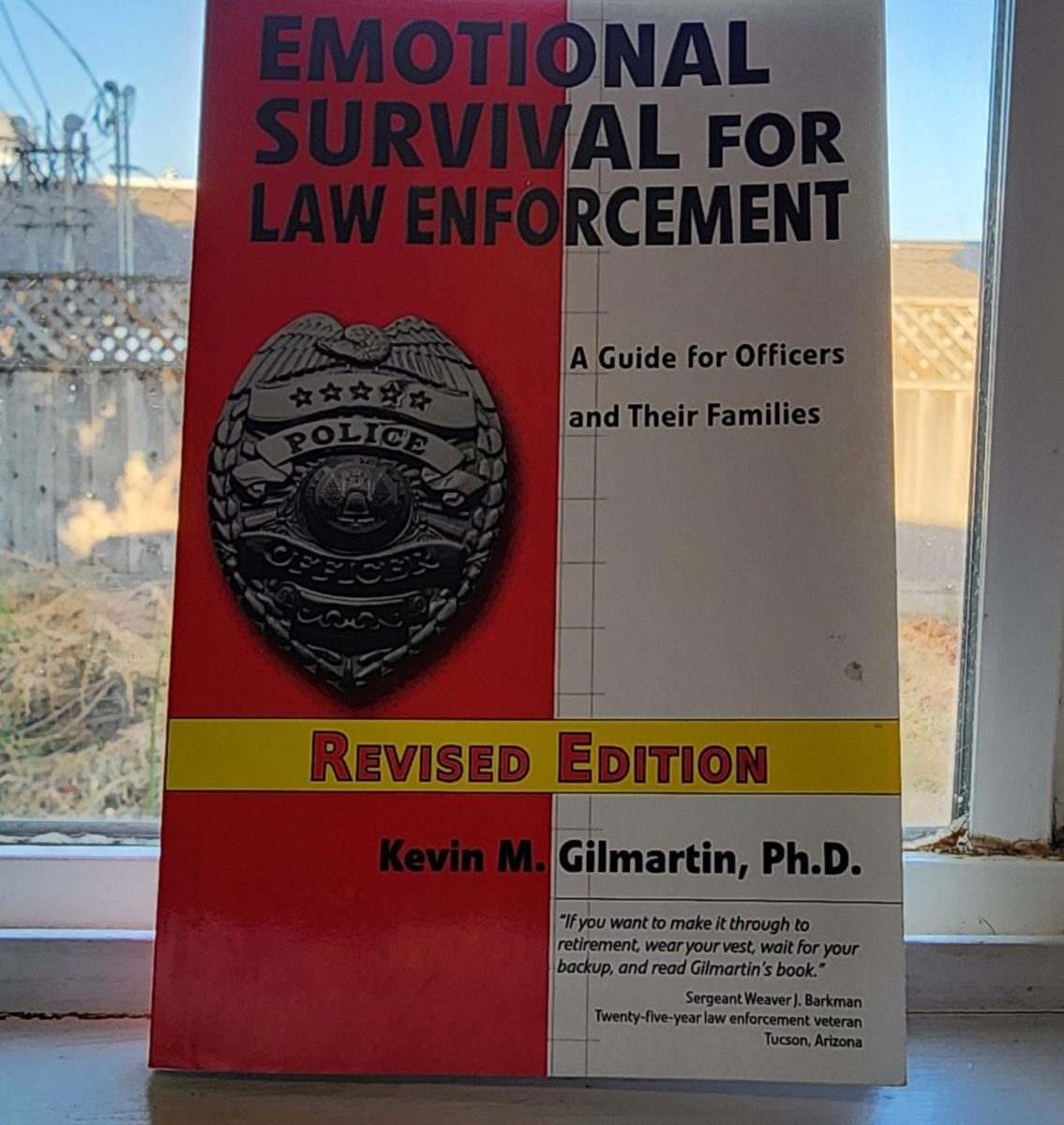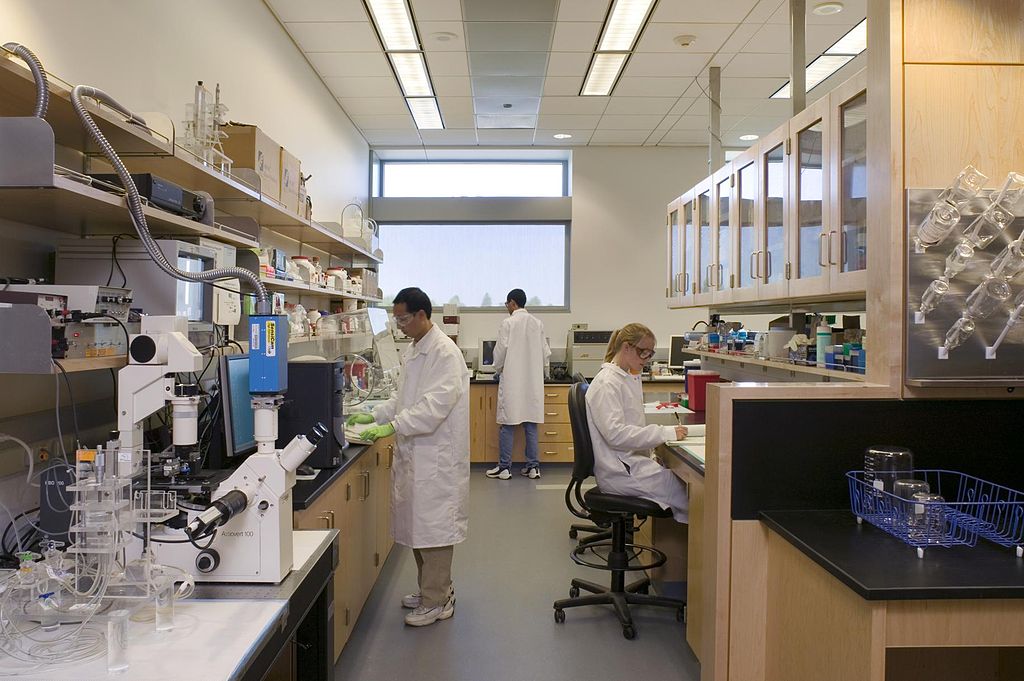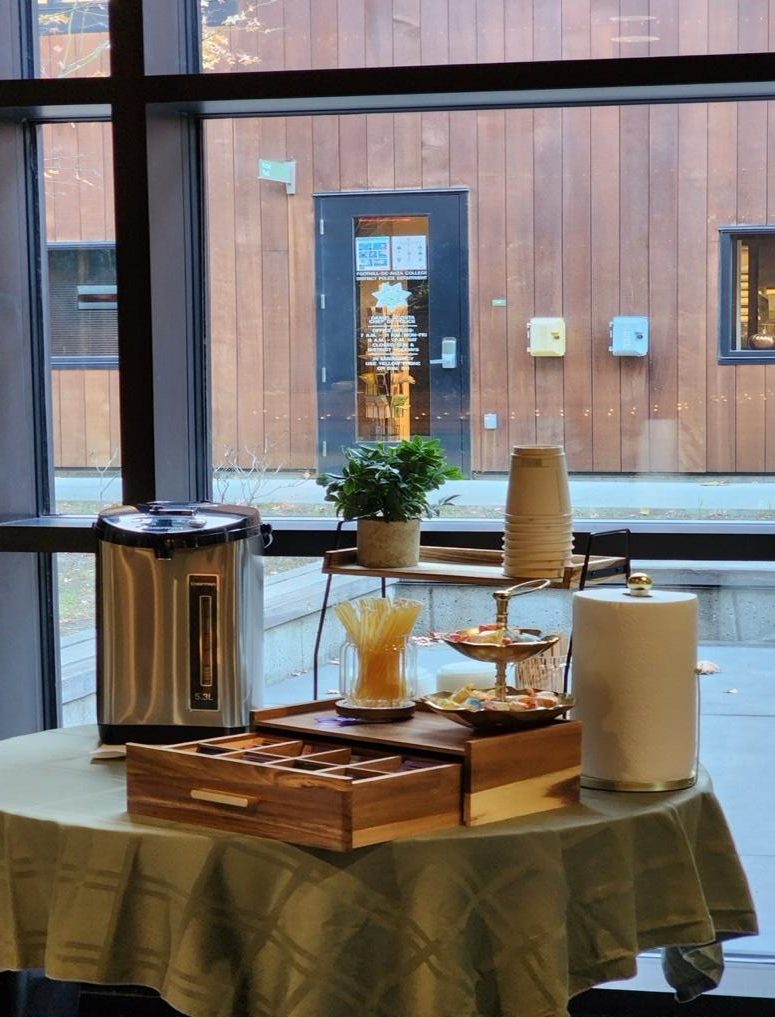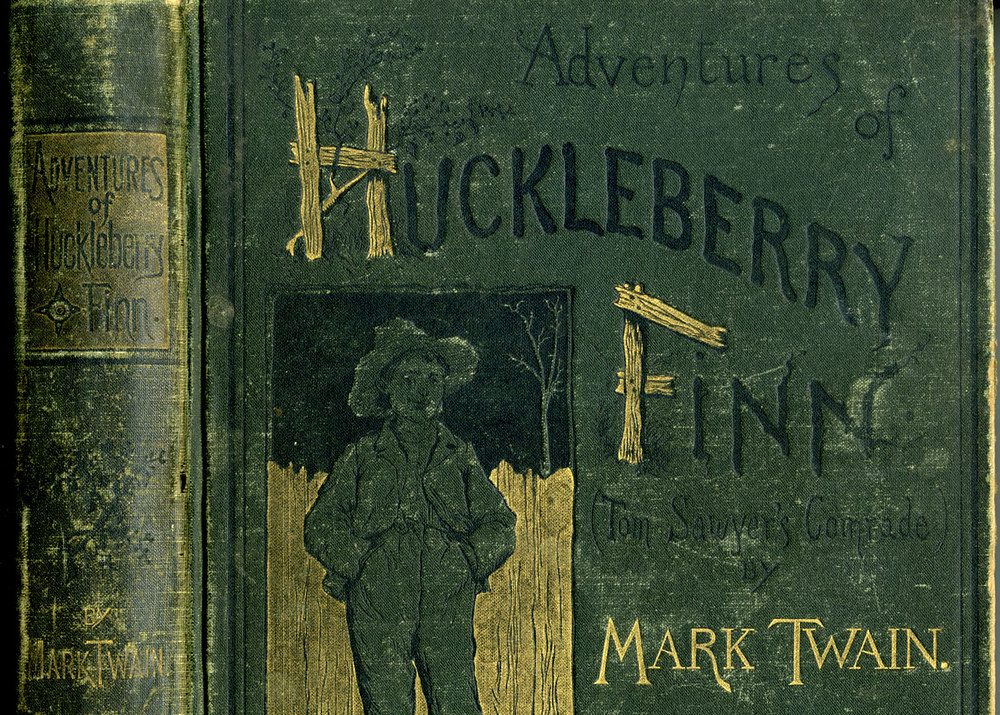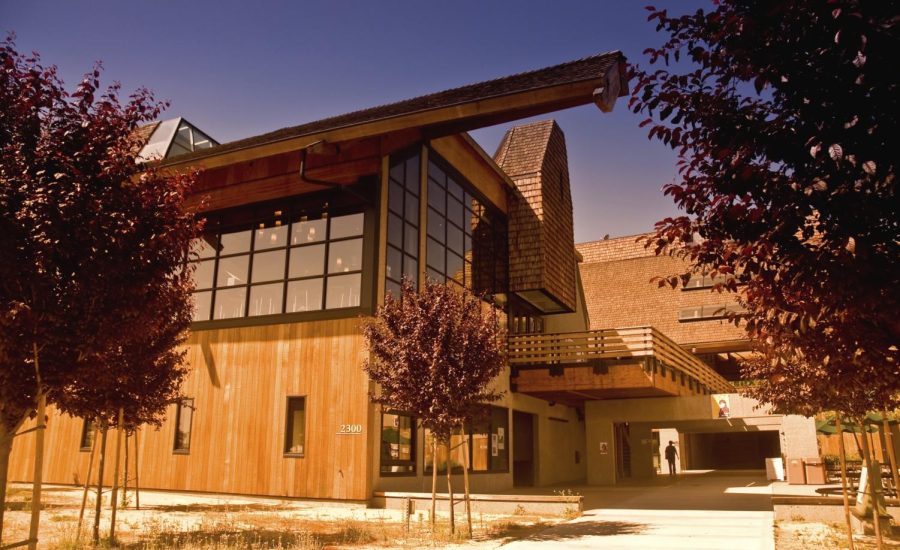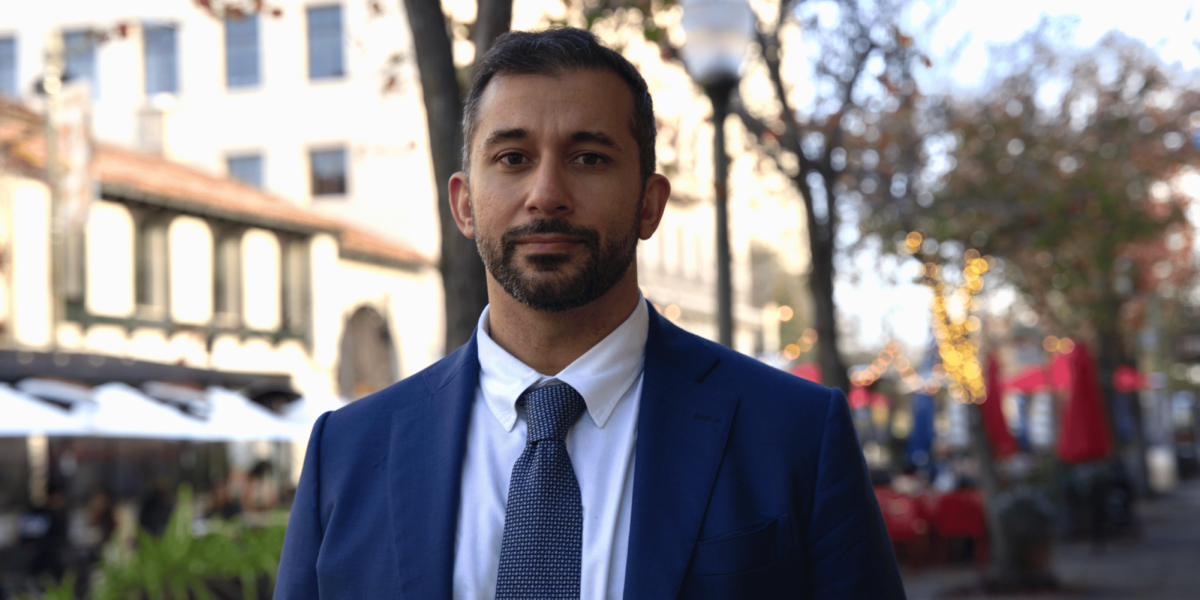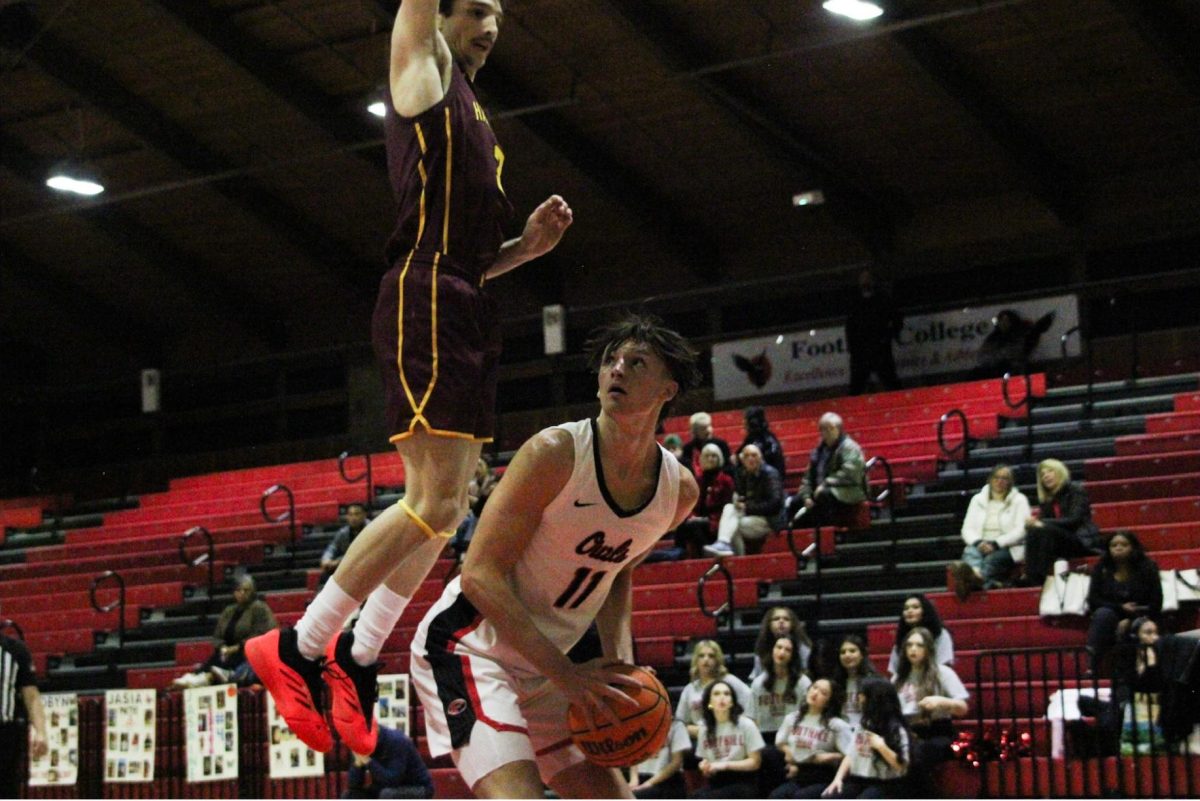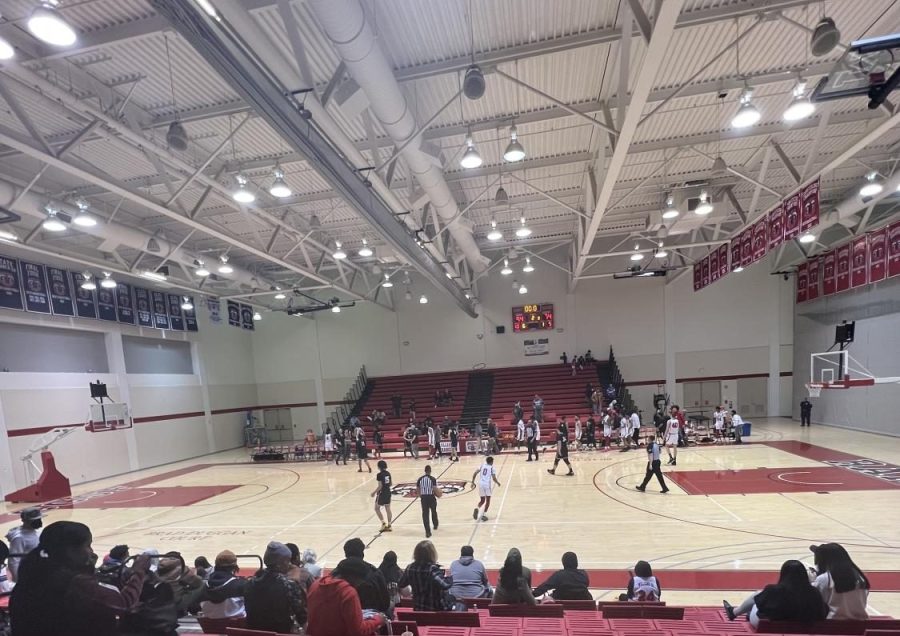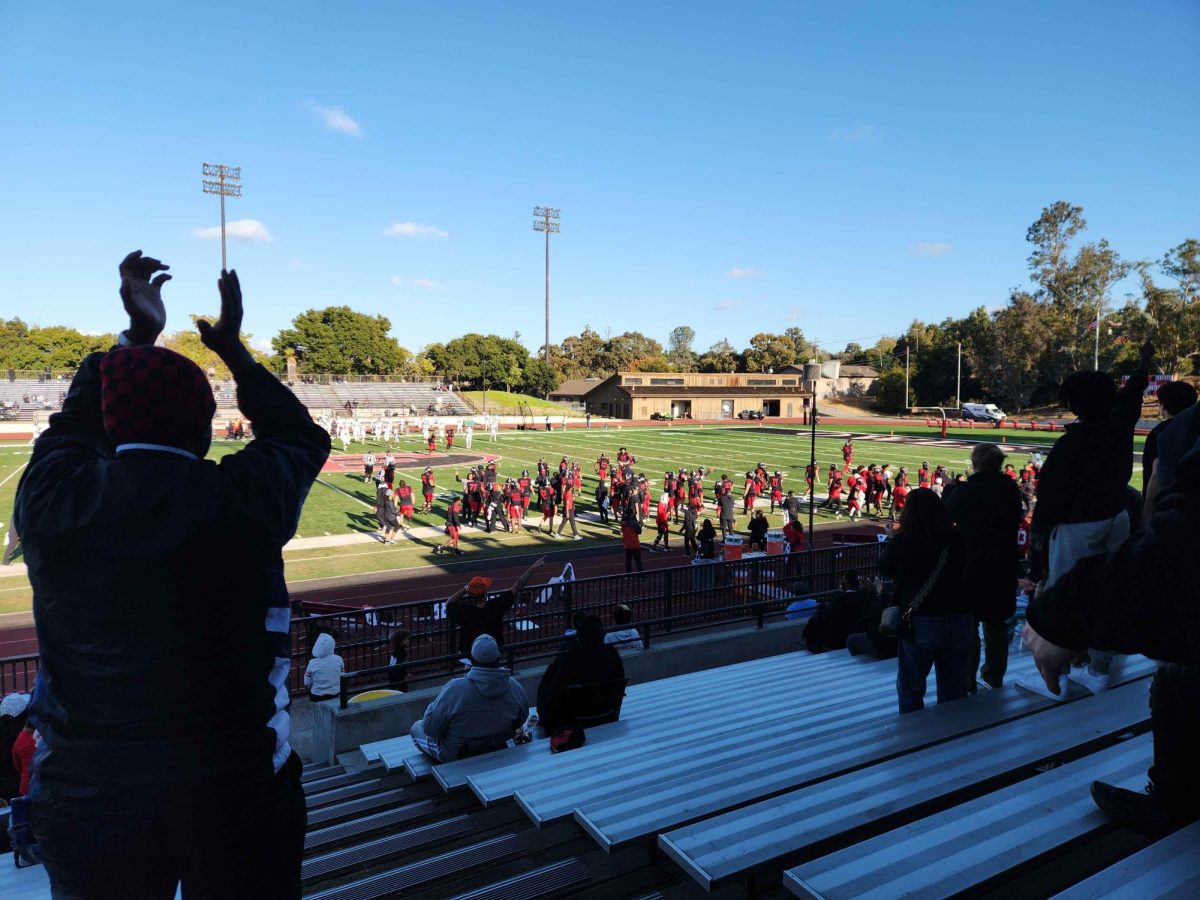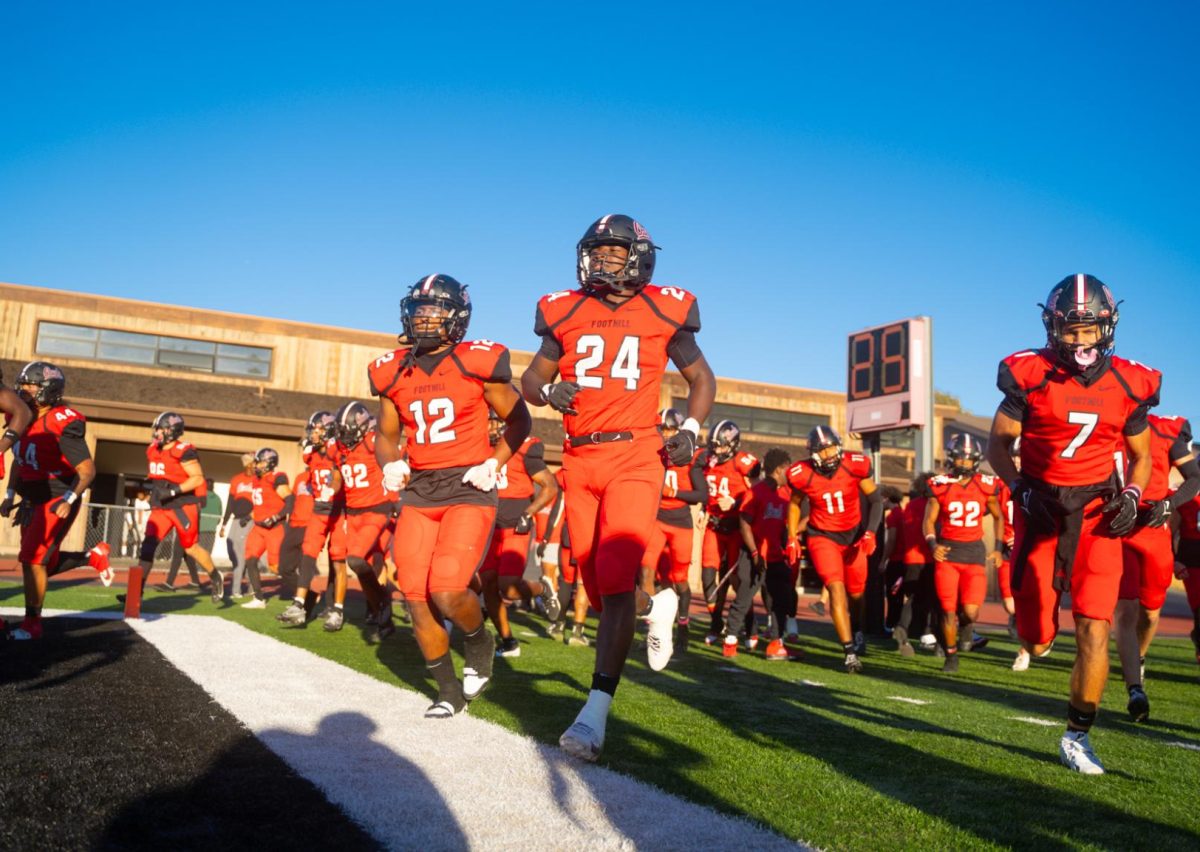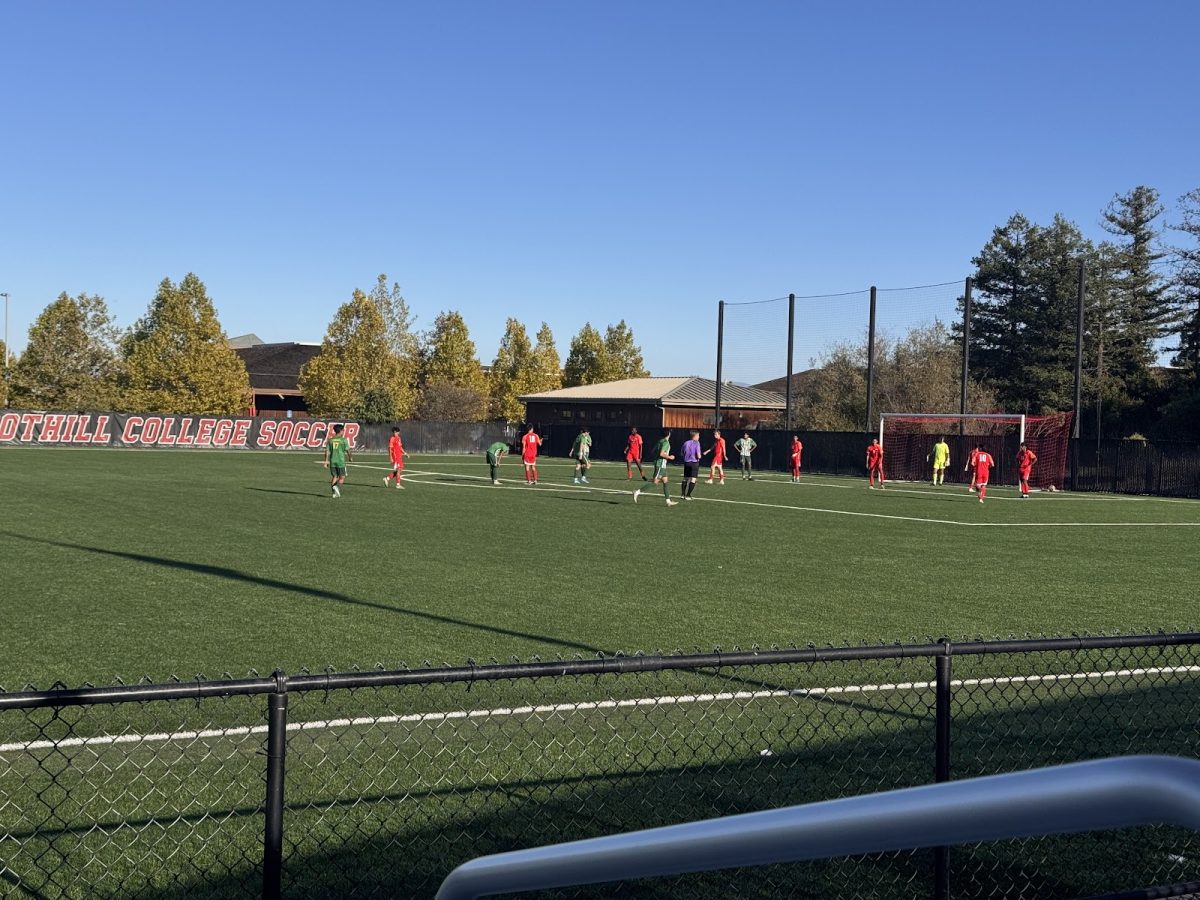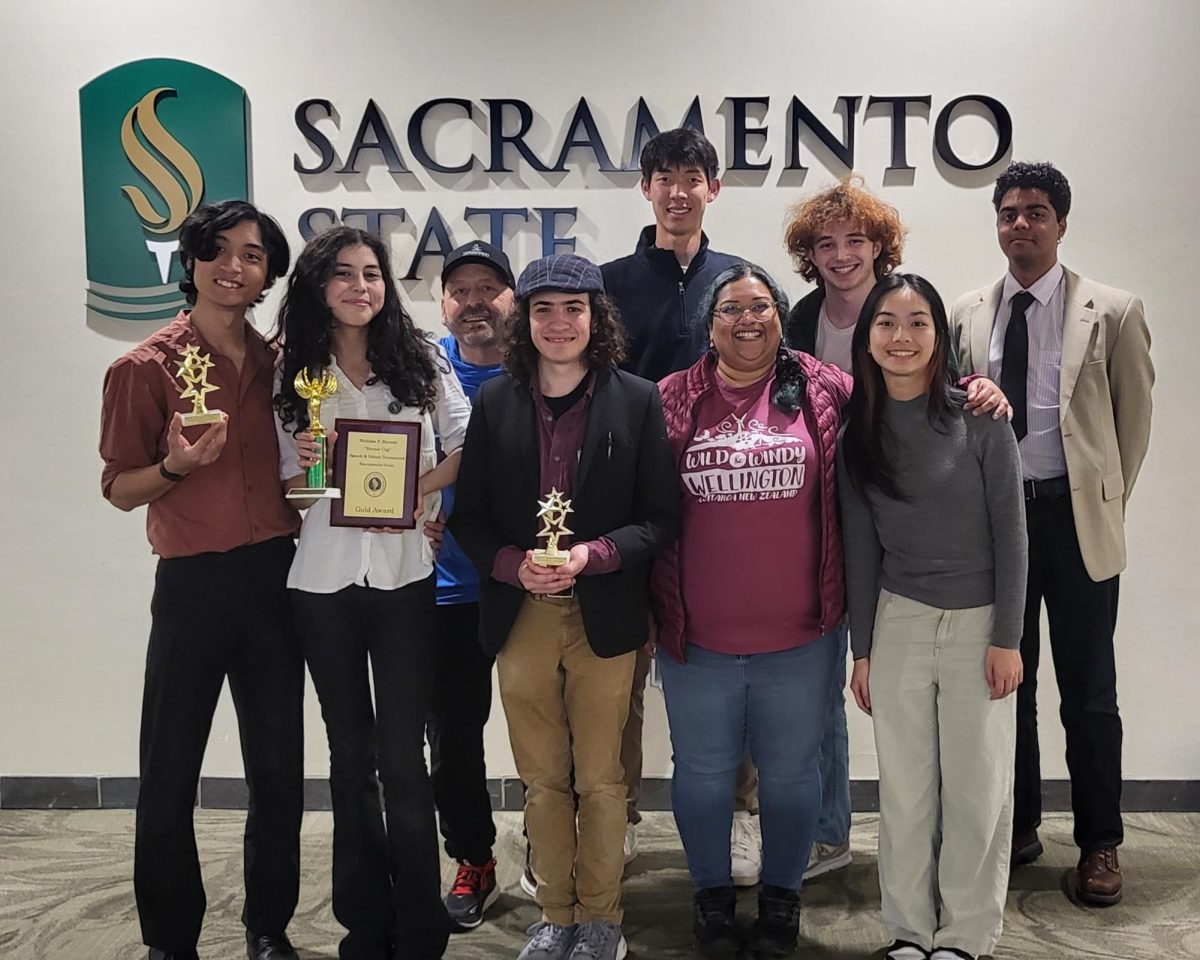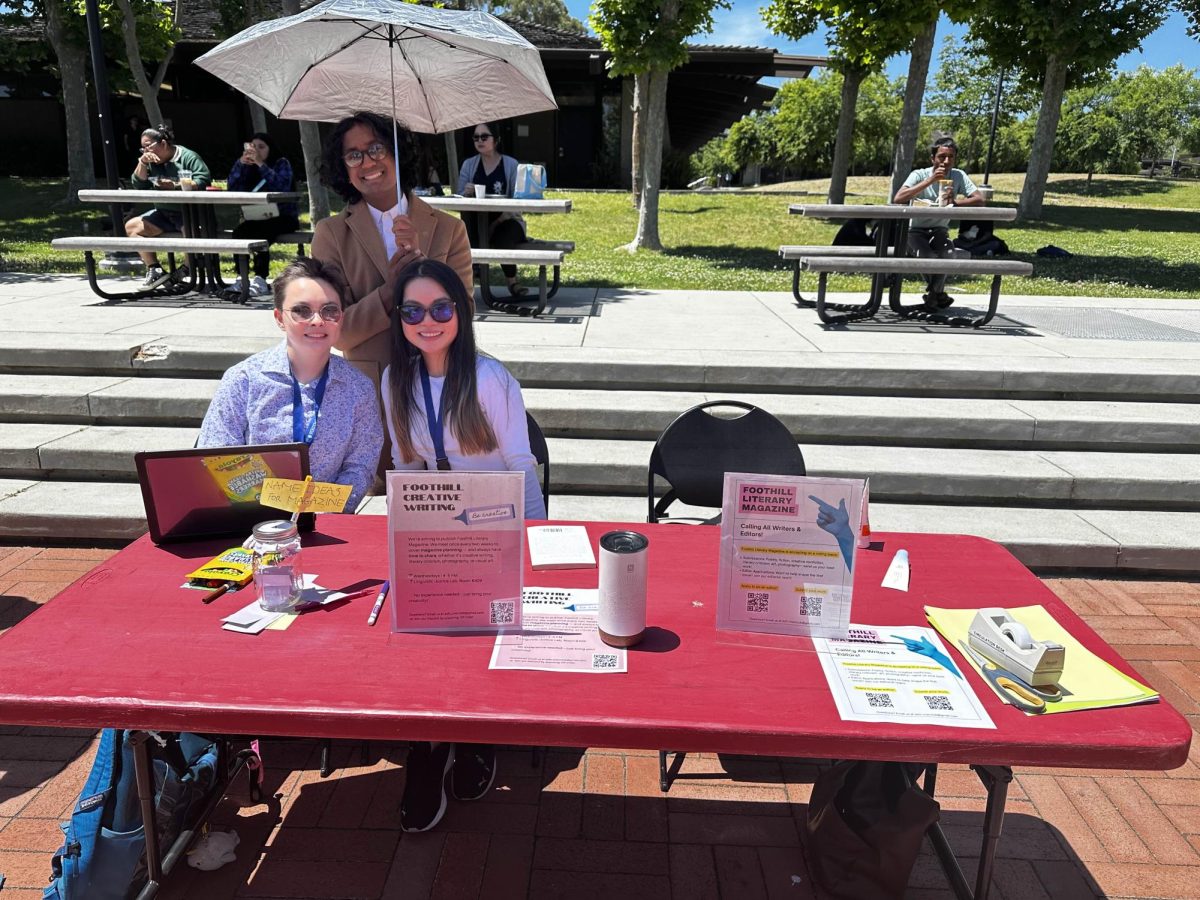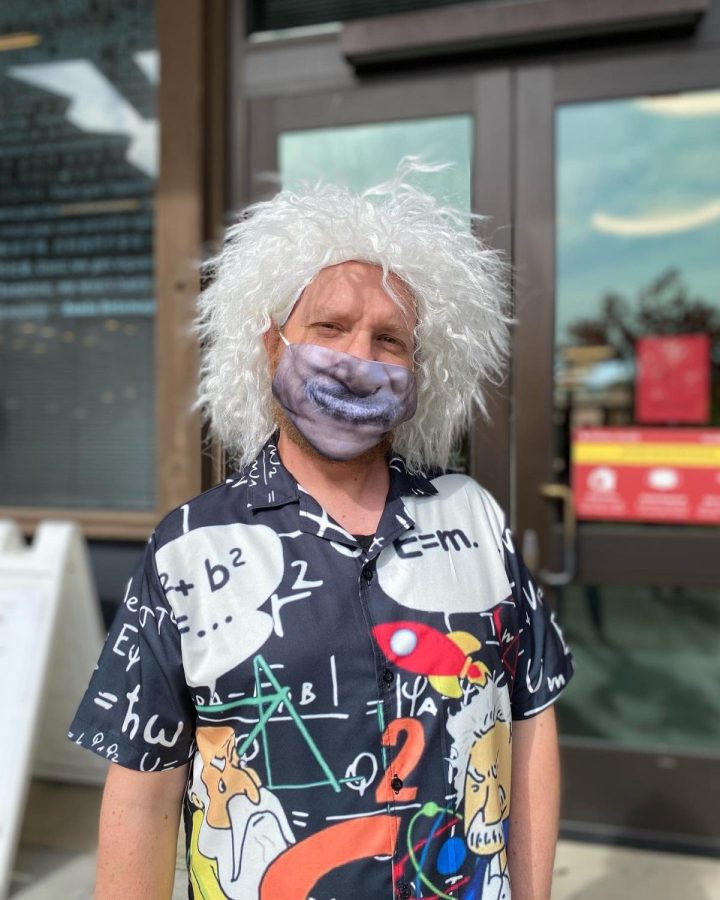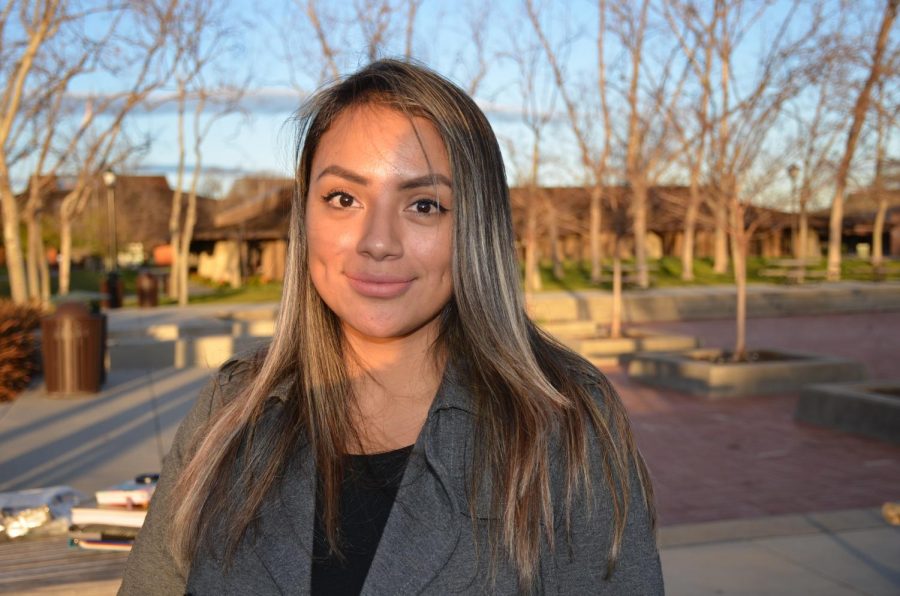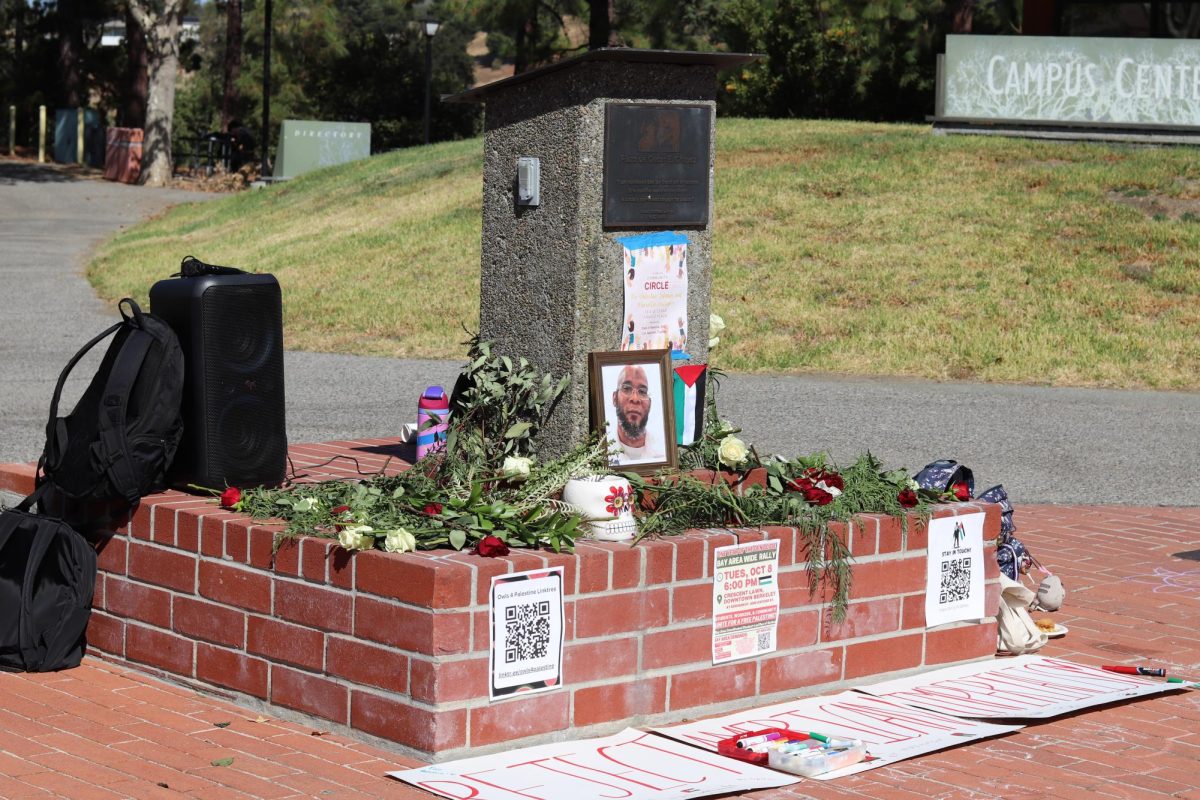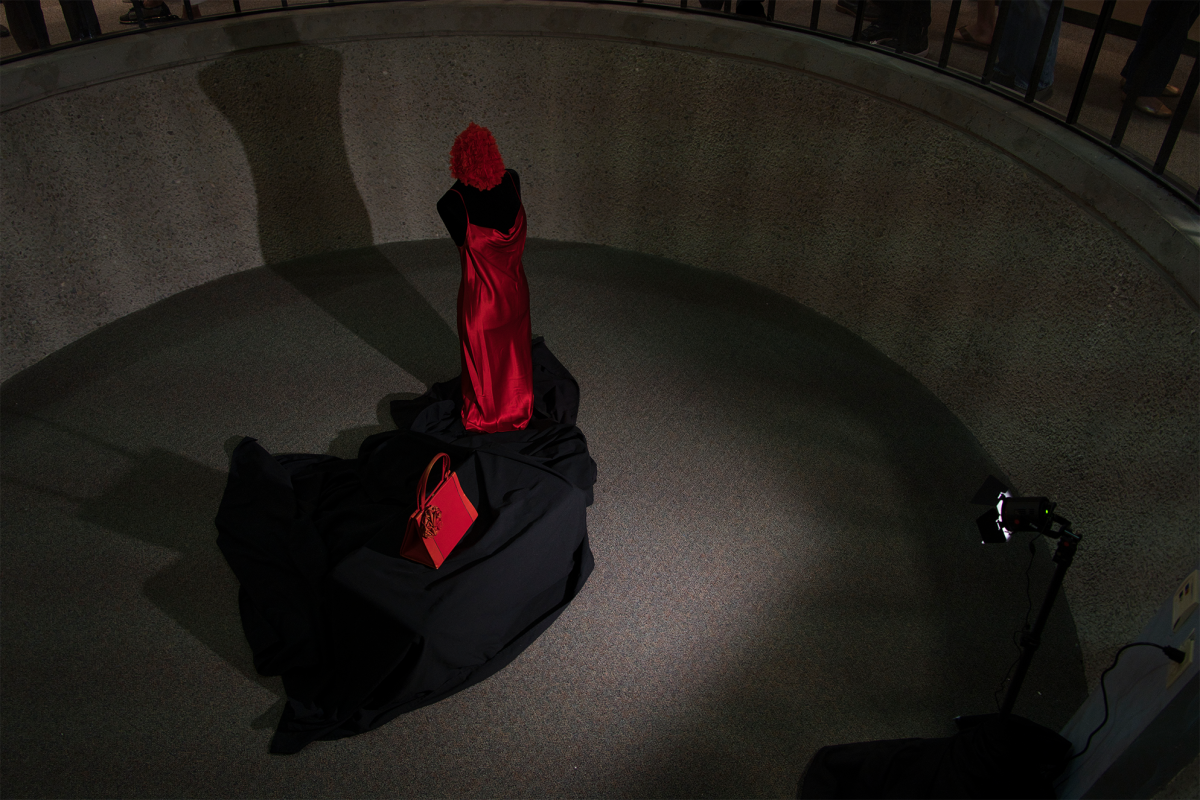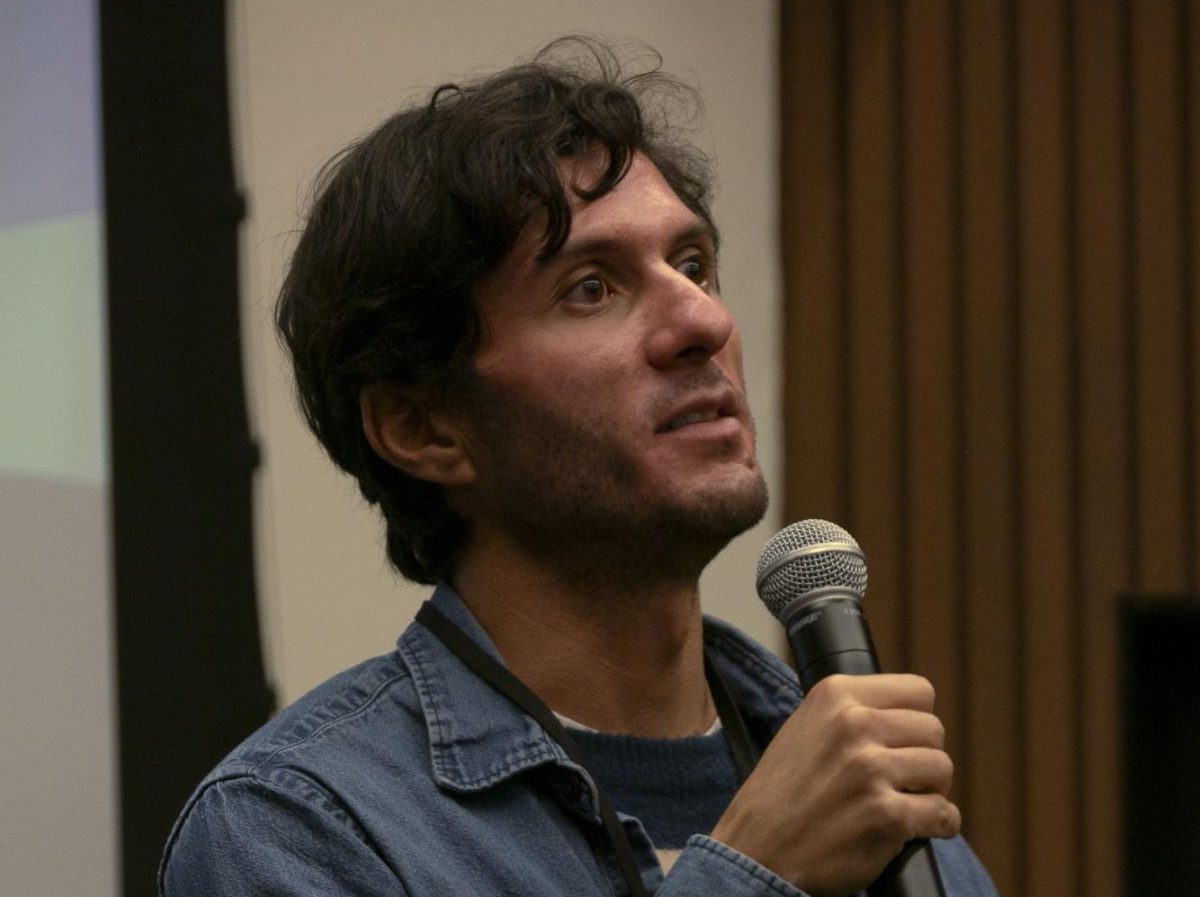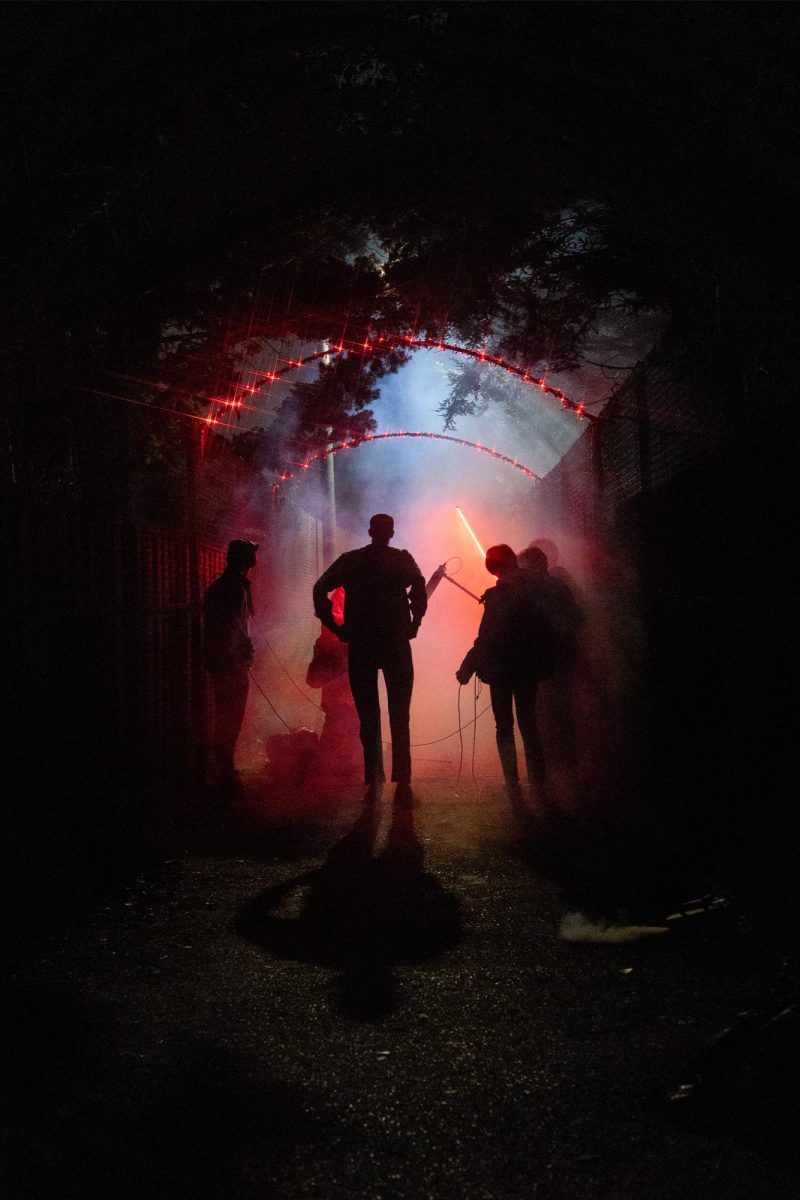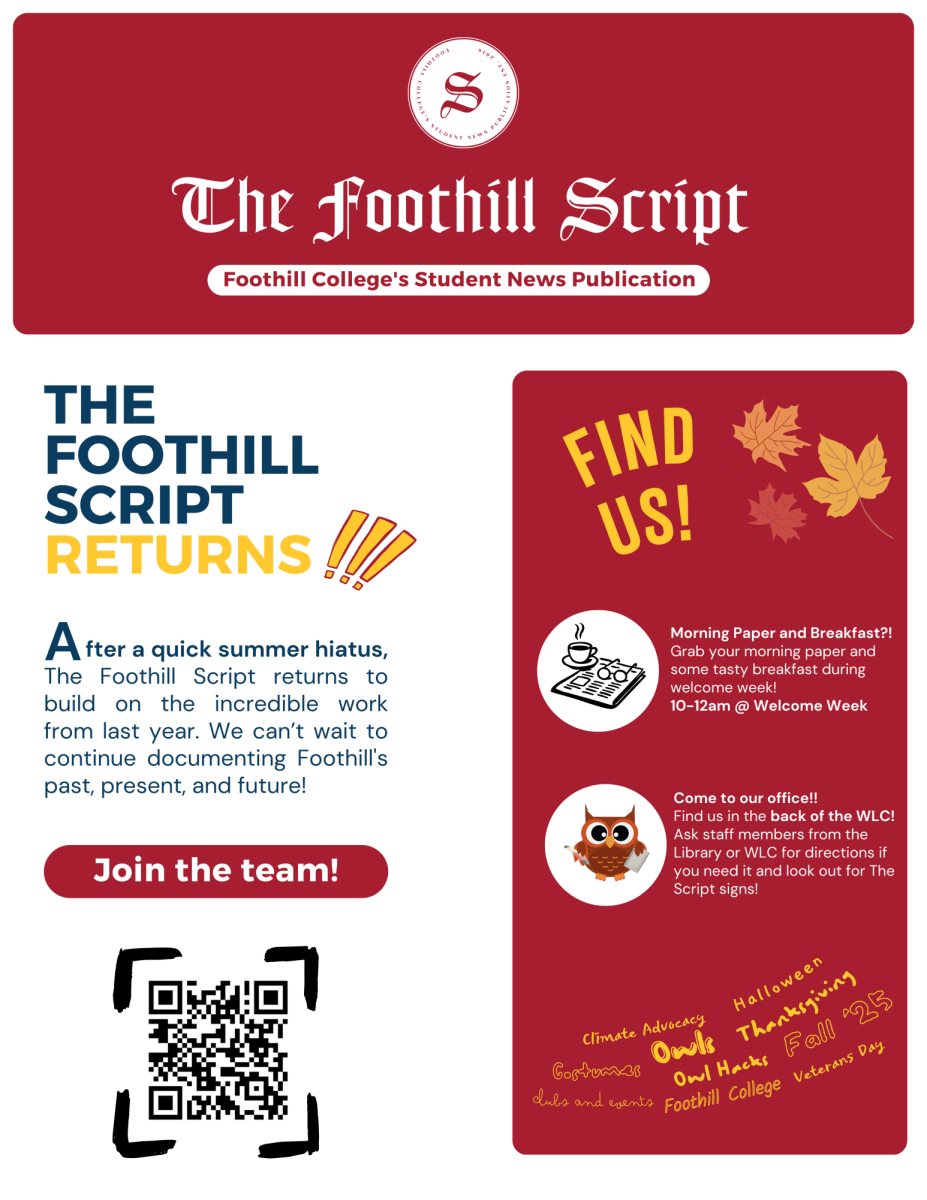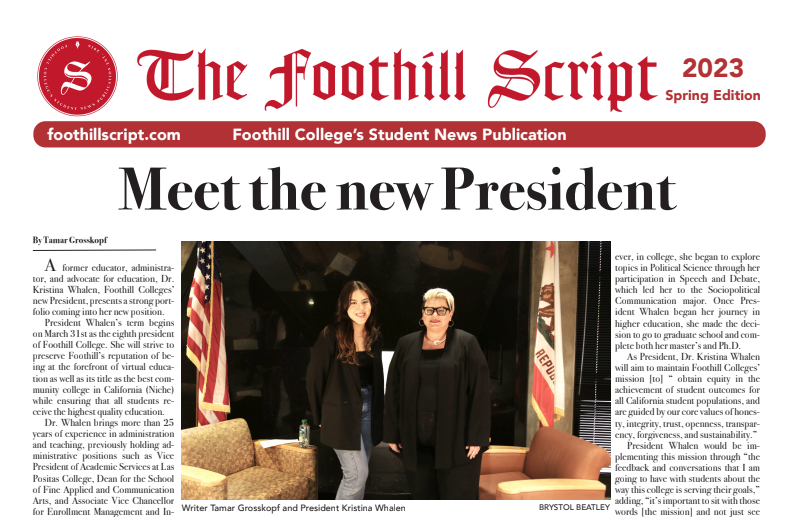In August 2024, the Palo Alto Unified School District expanded its offerings for high school students by opening Palo Alto Middle College High School (PAMC). Designed to provide a more flexible, college-focused educational pathway, PAMC became the district’s third high school, joining Gunn and Paly. Unlike a traditional high school, PAMC uses the middle college format, allowing students to take both high school and community college courses simultaneously. These students are given the opportunity to earn credits towards completing transfer requirements during their time at high school, allowing them to transfer a lot faster than your regular Foothill student.
In an era when more and more college freshmen are opting to transfer from a community college to a four-year university, is PAMC’s structure a blueprint for success?
PAMC is dedicated to empowering high school students to reach their academic potential by integrating college preparation, career education, work experience, and community engagement. As stated on their website: “Palo Alto Middle College is a nontraditional high school program serving sophomores and juniors from PAUSD… designed for students who are academically talented and capable of doing
college-level work, but who, for a variety of reasons, do not feel connected to their traditional high school.” This reflects their commitment to creating an environment that prepares students to achieve their full academic potential.
A common question from prospective applicants to Middle College is: Who does PAMC serve? Principal Emily Garrison emphasizes that while PAMC may not be the right fit for every student, what’s important is that students have options. The school emphasizes a small, cohort-based learning community, flexible scheduling, and a variety of experiential opportunities. PAMC students attend three hours of high school classes in the 6300 building on the Foothill campus, choosing between an AM or a PM cohort. These cohorts allow them to take Foothill classes or engage in extracurricular activities either before or after their high school courses, giving them the freedom to tailor their education to individual needs and goals.
Andrea Carlisle states, “I want to preserve the culture. I feel like we work really hard in terms of creating an environment of belonging for every student… we work hard at making sure that everyone feels happy and proud.” Additionally, PAMC works towards allowing the students to be creative when showcasing their knowledge and work, as Carlisle mentions, “When students have a choice, I think they are more invested. And I think when teachers have a choice, they’re more invested, that’s something that I find personally very rewarding.” Ultimately, PAMC allows students to craft an educational experience that aligns with their individual aspirations. The balance between academic rigor and community support ensures that students not only succeed in their coursework but also develop the confidence and skills needed to thrive in different environments.
The Palo Alto Middle College (PAMC) program may be small, but its impact is significant. As junior Rahul Ghosh puts it, “[PAMC] is small, and everybody brings something unique.” Sophomore Kaden Li echoes this sentiment, adding, “I like how our community is tight-knit… It is very supportive, and everyone knows you.” From a staff perspective, Garrison states, “…I like most about this community is everybody who’s here has made the choice to be here, both staff and students. So you end up having a community of people who are committed to creating an environment that they want to be in.”
Despite launching just last fall, PAMC has already fostered a welcoming and encouraging environment where students feel connected and valued. Beyond its strong sense of community, PAMC offers students the opportunity to set and pursue new personal and academic goals. Being part of a college campus allows them to experience greater independence and maturity. “I want to be able to become more mature, and being around a bunch of adults helps me with that,” Rahul explains. “I feel like I’ve grown a lot over the past few months here. I also want to be able to learn as much as I can. All these professors here—they’ve gone through lots of education and are so willing to help us.” Kaden shares a similar perspective, emphasizing the unique opportunities PAMC provides. “I want to get involved with the Foothill [College] activities that I wouldn’t have access to at a normal high school,” he says. “PAMC has given me opportunities to interact with other people… Middle College is a very mature experience. I get to take classes with adults, and it feels great. They usually don’t know I’m in high school and hold me to the same expectations, which I think is very fun when I’m able to meet them.” These experiences highlight how PAMC challenges students academically and personally, pushing them to meet higher expectations while providing a supportive environment. This balance of maturity and encouragement sets the foundation for the program’s continued success.
For the 2024–2025 school year, PAMC started off welcoming only sophomores and juniors. The program started with 45 students in the fall quarter and grew to 51 by the winter. In the 2025-2026 school year, PAMC plans to expand to over 150 students with one cohort of 25 students each for freshmen and sophomores and two cohorts for juniors and seniors.
Emily Garrison, the principal of PAMC, emphasizes the benefits of the community, noting, “Everybody who’s here has made the choice to be here, the staff and students… You end up having a community of people who are committed to creating an environment that they want to be in.” This sense of commitment is a pivotal part of PAMC’s culture, where both students and educators work together to build a supportive environment. When discussing what makes PAMC stand out, Garrison highlights the
importance of offering students different educational options. She shares, “Our school might not be for every kind of student, but what’s important is that students have options… The traditional high school experience is valuable for many, but it’s equally important to offer alternative educational environments for students who may thrive in a different setting.” Garrison also appreciates the diverse opportunities available at Foothill College, from clubs to career-focused programs, allowing PAMC students to explore various interests beyond the high school classroom. Her admiration for PAMC also extends to the Foothill campus itself: “Every day when I come to work, I see the hills and trees, and the campus just feels open and nice.” She credits the collaborative spirit between PAMC and Foothill staff for creating a positive atmosphere that enriches the learning experience for all students.
Looking ahead, Garrison outlines PAMC’s vision to support students who may not reach their full potential in traditional schools: “Our goal is to support students on their unique journeys and provide an experience that fosters growth,” she says. With plans for expansion, PAMC hopes to grow to around 200 students.
What makes Palo Alto Middle College truly stand out is not just the opportunity to take college courses or the small, close-knit community—it’s the unique way this high school helps students discover their academic and personal strengths. With its flexible schedule and emphasis on both college preparation and personal growth, PAMC provides an environment where students can unlock their potential at every step. This approach equips them not only for their academic success, but also for their future.




